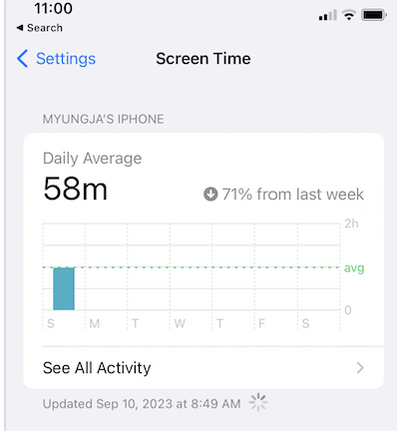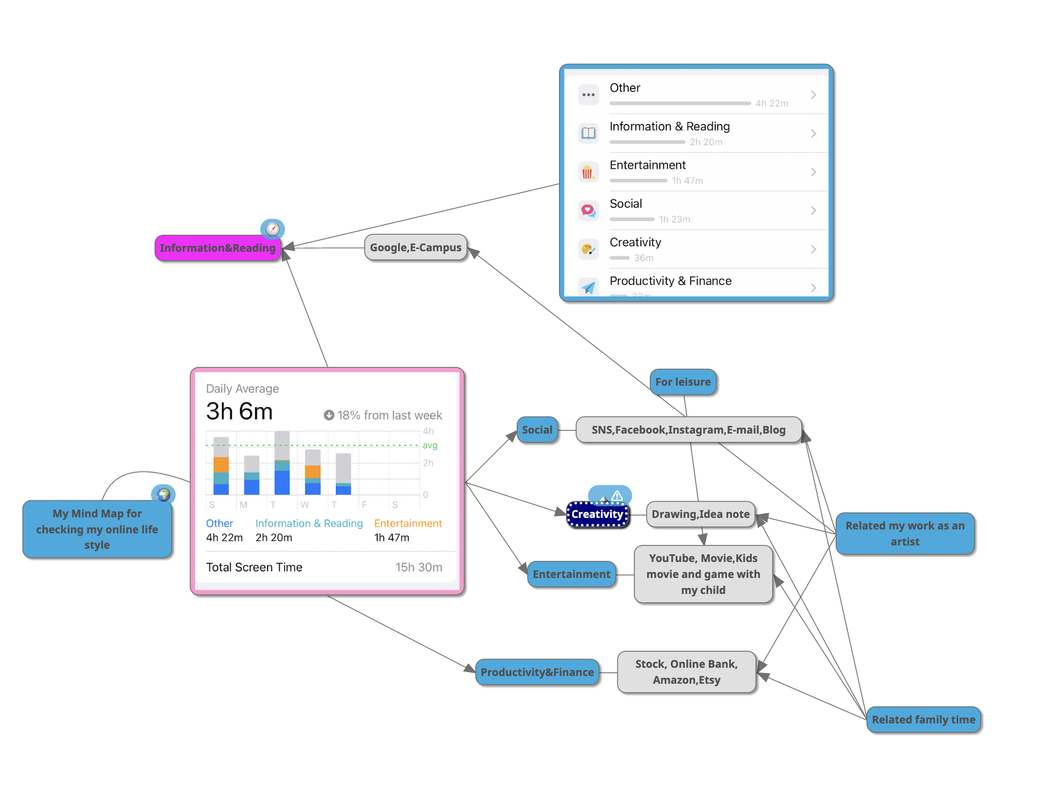|
The 3rd-century Porphyry of Tire during the Roman Empire mapped Aristotle's category known as the Porphyria tree. The Porphyrian Tree was probably the first mind map. (#1) Many famous philosophers and scholars throughout history have used mind maps for note-taking, including Leonardo da Vinci, Albert Einstein, Madame Curie, Michelangelo, and Thomas Edison. However, Tony Bunzan popularized mind mapping. In a BBC television series, Bunzan coined the term "mind map" and showed audiences how to create and use mind maps. Since the 1960s, mind mapping tools have expanded from pen and paper to downloadable online software and apps. Numerous studies have shown the benefits of mind mapping not only as a brainstorming tool, but also against 'brain freeze', also known as writer's block. A 2009 study by Al-Jarf found that mind mapping software improved the ability to generate, visualize, and organize ideas. Study participants found that their creativity flowed and the speed at which they created and organized writing ideas increased. MindMUp is entirely web-based, so you can easily save and post your mind maps online and on social media platforms. There is no need to convert your mind map to another file format before publishing. MindMup Atlas automatically adds images and contextual information to maps for posting to social media networks such as Facebook, Twitter, LinkedIn, and Pinterest. Reflect on your social media use and screen time. It's a good idea to keep track of how much time you spend on each screen or app, and then keep a diary of what it feels like to spend time on each screen or app.
Now create a “mind map” of all the screens, websites, online platforms, and apps you use on a regular basis to see how each technology or platform makes you feel during and after using it.
0 Comments
Leave a Reply. |
Myungja Anna KohArtist Categories
All
Archives
July 2024
|
Proudly powered by Weebly






 RSS Feed
RSS Feed